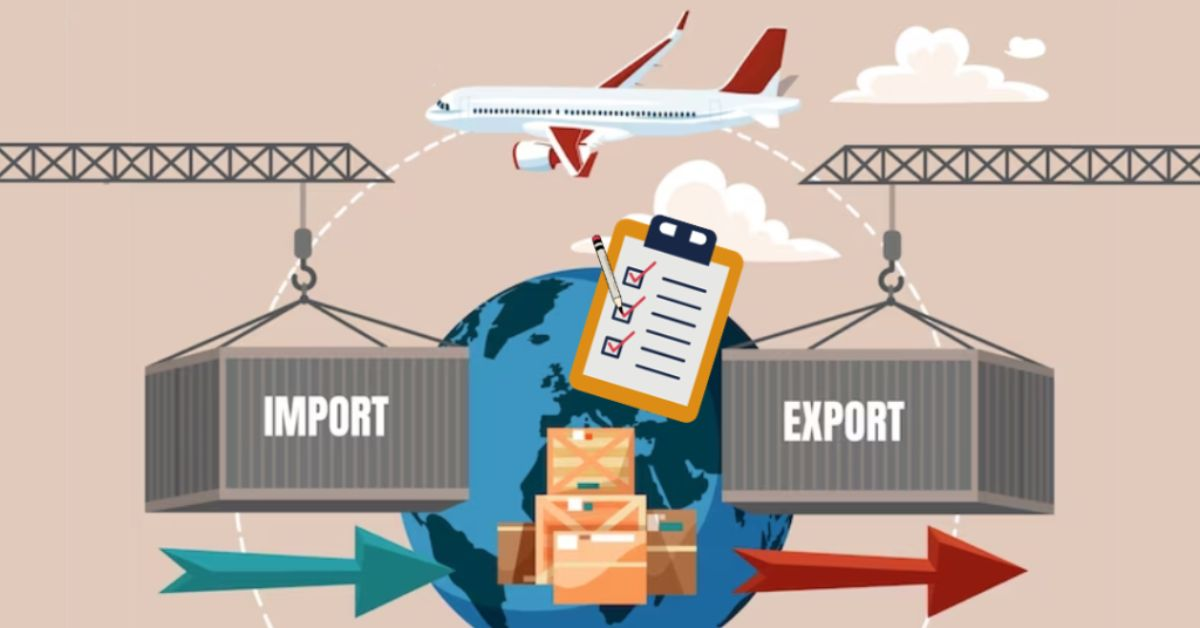Kerala’s 590 km coastline, dotted with ports such as Vizhinjam, Kollam, Cochin, Beypore, and Azheekal, supported by the ICD at Kottayam, holds untapped potential for trade facilitation. Traditionally, cargo entering these ports was transshipped to ICTT Vallarpadam or moved by road for Customs clearance, adding cost, time, and inefficiencies.
The proposed model addresses this bottleneck by enabling customs clearance at the port of arrival itself. Importers can file Bills of Entry (BE) and receive “Out of Charge” (OOC) clearance directly at Vizhinjam or other designated ports. Cleared cargo can then move by sea through barges or small vessels, or by road to hinterland destinations. For exports, shipping bills can be filed at these ports or ICD Kottayam, with “Let Export Order” (LEO) granted locally before goods reach gateway ports like Cochin or Vizhinjam for overseas shipment.
Benefits to Shippers
• Reduced handling and dwell time: Cargo cleared on-site avoids routing through ICTT Vallarpadam or Container Freight Stations, cutting delays.
• Lower logistics cost: Eliminating intermediary charges saves about ₹8,000–₹10,000 per TEU, while coastal shipping and barges are cheaper than long-haul trucking.
• Faster clearance: With ICEGATE and EDI systems in place and Customs presence across 26 locations, digital integration ensures speed and transparency.
• Multimodal access: Cargo can move by sea, road, or even air, leveraging nearby Thiruvananthapuram Airport for time-sensitive shipments.
Enabling coastal shipping and MSMEs
By decentralising clearance, smaller ports gain a stronger cargo base, making scheduled coastal services viable. This reduces dependence on congested highways, lowers emissions, and supports India’s national logistics policy. Flexibility is built in–if weather disrupts road transport at Vizhinjam, containers can shift seamlessly to Cochin or Beypore under the same regulatory framework. This system also spreads economic activity across Kerala’s coast, empowering exporters, importers, and MSMEs. Simplified procedures, digital access, and lower costs make global trade more accessible, especially for smaller businesses. By unlocking the EXIM potential of Vizhinjam and linking it with minor ports and ICDs, the model becomes a strategic enabler of port-led growth, job creation, and regional development.









